Interview / Pier Paolo Tamburelli: A BUILDING IS A BUILDING
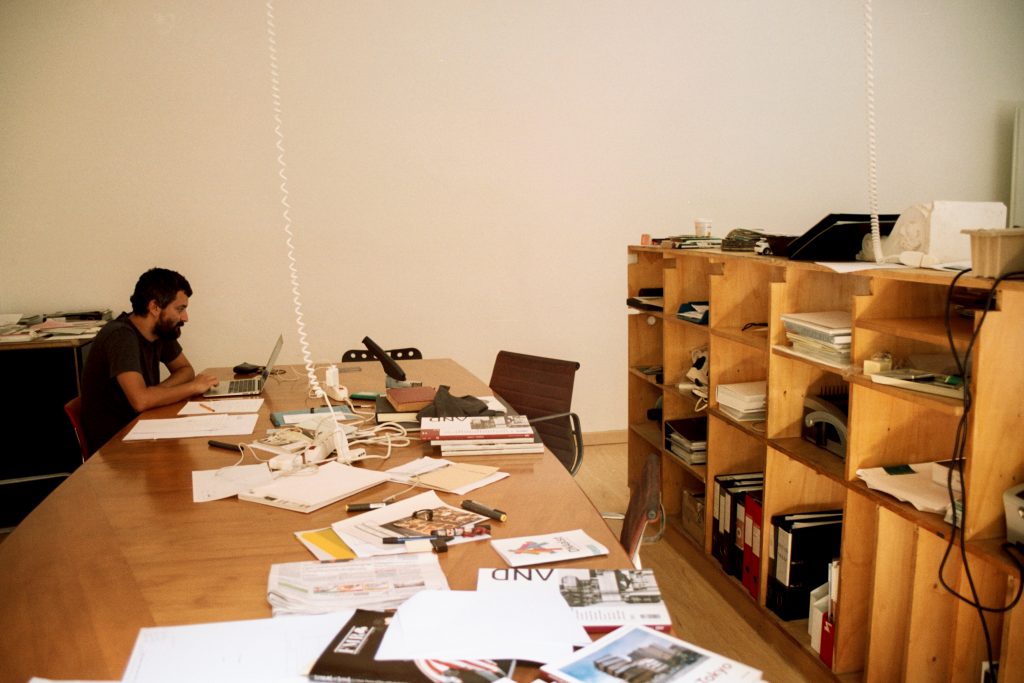
Foto: Ivana Čobejová
I met Pier Paolo Tamburelli in his office on Via Stradella in Milan, at third attempt. Until then, I had heard about him from his wife, architect Victoria Easton (“He seems scary, but he’s not”) and my friend in Prague who used to work with him (“He references the 16th century detail of a window from memory”).
As an apology for cancelling two times, Pier hands me a book about baukuh’s Casa della Memoria, a civic building built in Milan in 2015. Someone has recently told me, that “book as an apology” is a common practice in the architectural scene (“then he gives you a book as a thank you that you worked the whole weekend”).
Baukuh’s office is in a typically beautiful Milanese block. Tall building with stone cladding, terrazzo floors and a green inner courtyard. We walk along the hall with an industrial shelving system full of other books, and settle in a room with a big table, high ceiling and opened window to the afternoon.
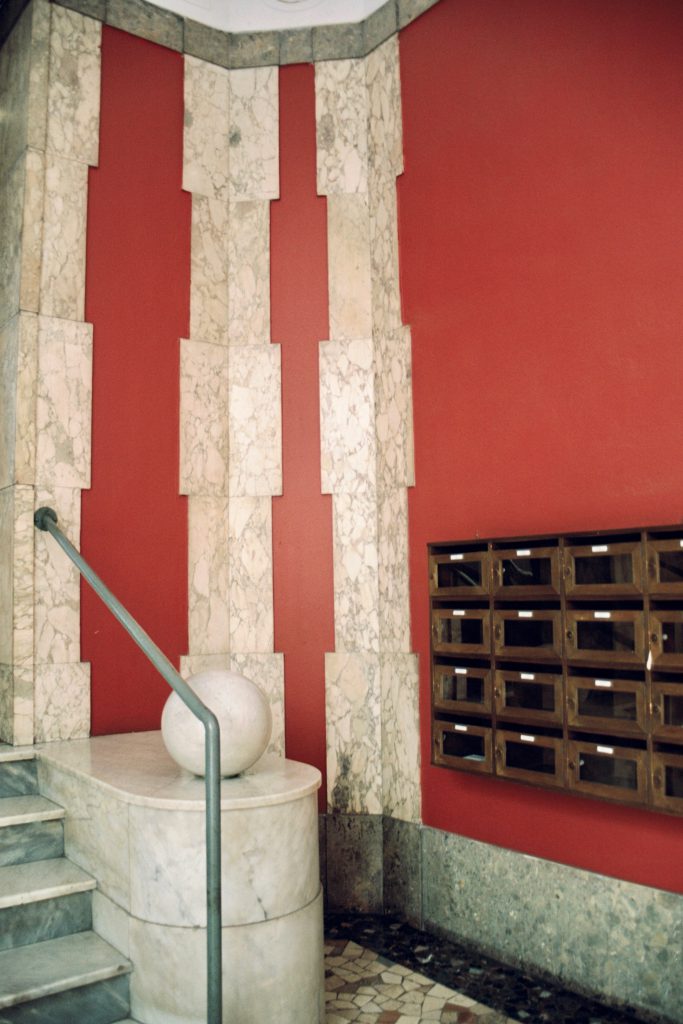
Foto: Ivana Čobejová
Ivana Čobejová: I wanted to talk more about the context of your work. I came to Milan, because I thought something is happening here. Much like architecture of 1970s, not so many buildings are being built, but there are some interesting projects, ideas, discussions. Do you think we can talk about a scene, a Milanese scene, or an Italian scene?
Pier Paolo Tamburelli: There is certainly a Milanese scene in the sense that there are people who work as architects in Milano. They are, eventually, also interested in teaching, writing and so on. They for sure all know each other. In the end, Milano is not a big city. Nevertheless, it has a relatively important architectural scene in Europe and worldwide and it has been like that since at least World War II.
There have been moments in which it didn’t look particularly interesting, but there has always been something. Milano is one of the cities that gives more attention to architecture in the world: there are always lectures and events dedicated to architecture. This happens also because Milano is not the capital of Italy, and also not exactly the cultural capital of Italy. For movies, literature Roma is still nowadays more important than Milano. And somehow the fact that these other artistic disciplines are not so present in the city leaves more space for architecture and product design.
In places like New York or Paris the space left for architecture is not so big, because this space is taken by other, more impactful cultural fields. On the contrary in Milano there is attention for architecture, and this then operates also internationally and so Milano became in time associated to architecture and product design, and this in turn made this sectors more important for the city, and so forth….
Regarding this context, what happened to our generation? I don’t know. I am maybe not a person who is qualified to say. My impression is that, in comparison to the generation just before us, we received a different type of education. Most of the people who are part of this scene studied both in Italy and abroad. They didn’t really develop this kind of provincial obsession with what was happening in Ireland, England, or in US, as maybe it wasn’t so special in the end. So, for us it was possible to reconsider some elements of a Milanese or Italian tradition in architectural terms and this is perhaps what you referred to as us being a bit “old-school”. I don’t think we’re particularly old-school, but we certainly saw the resources of our architectural tradition with a bit more detachment, thinking: Well, it’s not particularly smart to throw this all away: Bernini is interesting and there is no reason to substitute Bernini with Winy Maas, because in the end, you don’t gain much from this exchange. So let’s say, we leave Winy Maas and we keep Bernini.
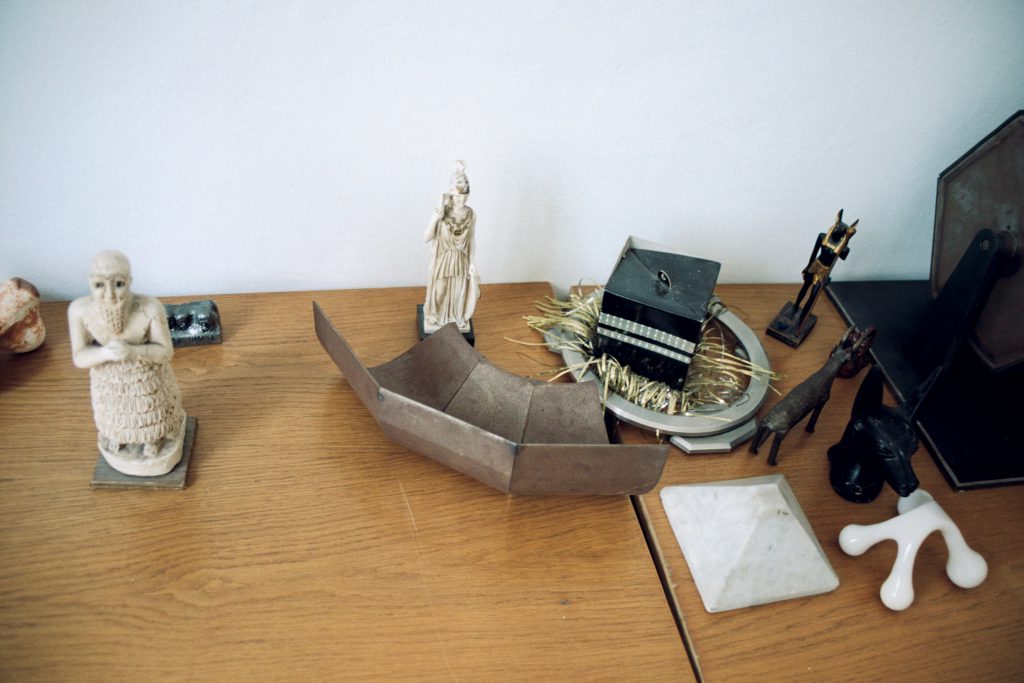
Foto: Ivana Čobejová
IC: What do you share as Milanese architects? Is it this interest in certain architects, ideas, or is it maybe something else, too? It seems you operate almost as a collective. What do you share except for the city?
PPT: Well, we share the city. Nearly nobody comes from this city. I’m not from this city, you know Giovanni and Ambra (Giovanni Piovene and Ambra Fabi) They are not from here as well. This is what we share, the context in which we must operate. I would also say we share a certain idea of what an architect is, an idea that we inherited from a cultural context.
The model of the architect as an intellectual (as a professional and as an intellectual) was in a way developed not as an abstract idea, but in the practicalities of the everyday life of certain Italian architects of 1960s and 1970s. This produced the concept of the architect as somebody who designs buildings, writes and speaks. Somebody who writes even in the newspaper about certain political decision which might have an impact on the city, or maybe just on politics. Italy is a country where people are not so ashamed. People tend to have loud opinions, express them in public and fight a lot. This is something that in Northern Europe doesn’t happen so much. Every cultural context has its own type of models, its own type of etiquette. For instance, we all studied with Stefano Boeri, and he has been very important to us, even if at first sight you might think we are very different. And, just to make an example of this manner of being a “public intellectual” of Milanese architects, Stefano even ran for mayor of the city a couple of years ago.
This is a model of operation as an architect. There are many others, there is even people who think an architect is just a craftsman. Personally, and that is just my own opinion, I have no interest in craftsmanship. It is boring and I don’t want to do that. You have to build buildings and build them well, but that is not really the centre of the discussion. So in the end I am very supportive of the idea I inherited from my context that the architect is an intellectual. It is far more interesting wasting time on Hermann Broch than wasting time on dovetail joints.
IC: Do you think that an architect who doesn’t read, yet is a very skilled craftsman can be a good architect?
PPT: Yes, you can make good buildings, but I think it’s irrelevant. I mean, it’s irrelevant in cultural terms. In my opinion, a building in architecture always exposes the level of ambition of the group of people who designed and paid for it. If the ambition is just of having very neat corners, it’s not really interesting. But they can be good buildings. OK buildings, with nothing more to say about than “it’s OK”.
IC: Can you say that your aim as an architect isn’t necessarily to build?
PPT: No. I think architects can only influence the environment through built architecture. I am relatively sceptical about paper architecture. Maybe we don’t build so much, but I think the most important thing is what is built. What is built is seen by people who have no interest in architecture, they must react to the building, the building becomes an episode in the life of the city. It stays there and it will take part in different moments in history. The building will be part of a world we don’t know, which is maybe the most interesting thing about architecture. One designs now for relatively practical needs and then this thing, because of pure inertia, lasts and gets in touch with very different desires. This is totally unpredictable and it’s quite interesting in relation to what is and what isn’t predictable. Every specific project is a different mixture of these two things and that is why each project has a different interest.
IC: You’ve said in one discussion that books have more influence than buildings. Is that why you write?
PPT: Books have more influence than buildings? For sure, books on economics, philosophy, and important novels are far more important than buildings. I am not so sure whether books on architecture are more important than buildings, but it is true that books are probably more influential, because they are more explicit.
Architecture doesn’t really have a message. People have tried desperately to understand architecture as a medium, but architecture is not a medium. Or maybe the clumsiest, slowest, most impractical of all possible media. So unpractical that it is completely useless to treat architecture as a media.
IC: Do you consider yourself an activist?
PPT: No.
IC: So you are not interested in political position of your practice?
PPT: No. we have a political position. But this doesn’t mean that we can imagine to do direct political work through architecture. That is just nonsense. It is impossible, it is a waste of time and people who are telling you that you can do it are just plain liars, trying to profit from “good feelings”.
Our office has a political position, which of course is less defined, because we are six partners and we don’t exactly share all opinions. But the office has a relatively clear political attitude towards what we are doing. We are realists and we are not trying to say that we are some kind of wizards or geniuses, so we don’t do strange things.
Architecture, I think, has only an indirect political meaning. Architecture is fundamentally about making decisions. You make these decisions according to a method that in principle you can apply to whatever other problem, from frying eggs to rewriting the constitution. So, implicitly, methodologically, it is political, but not literally political. It is not possible to design a building and make people happy or poor people a bit richer. No, that is not how it works.
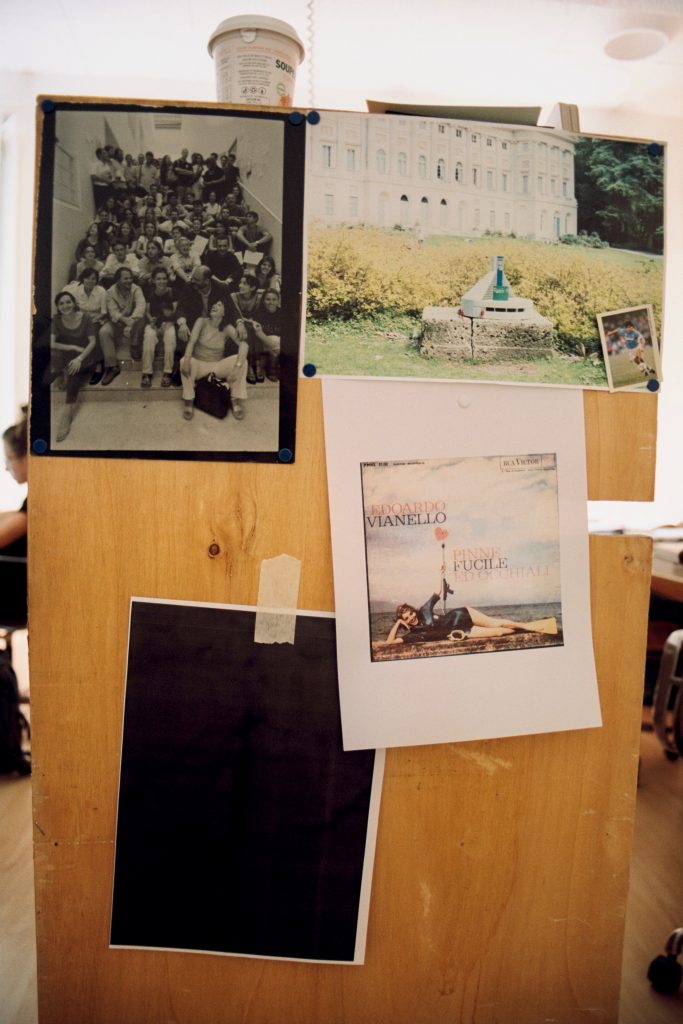
Foto: Ivana Čobejová
IC: There may be a strange paradox. You, as an office, wrote a book on architects Aldo Rossi and Giorgio Grassi. Many of your major influences are Italian architects. Nevertheless, baukuh seems to be interested in a very non-Italian context sometimes like Egypt, Albania, or Kosovo.
PPT: I don’t really think you pick your commissions. You don’t have the control. We started doing research in Egypt, because I had been teaching in Syria before the war and I thought certain things were happening along Eufrat and in a much bigger scale along the Nile. Which proved true, so we started that research and one research after that one.
There is no strict plan. I think it is one of the luxuries of our work that clients come and they have certain needs that you’ve never thought of. We recently won this competition for a pavilion for a beer brewery. I have never thought of brewing beer before.
And with regard to Rossi and Grassi and the fact they are Italian, I think it’s rather a coincidence. We’re not really obsessed with Italy. We don’t want to claim there is something special about it. But I think Giorgio Grassi and Aldo Rossi were special. And Giorgio still is. So, we are interested in these two figures.
IC: In my personal context of the post-communist country, there was a 40-year-old gap in discussion. We didn’t really talk about some things, further than their technical aspects. So, for me, it is fascinating that Italy has a certain level of cultural continuity in theory and architecture. To what extent does this influence you, as a contemporary and Italian architect? We all look at Italy and its history, but we don’t have such figures in our context.
PPT: I think it is a very complicated discussion. It goes back to some very complex things. The first thing is that Italy is very strange in the way it relates to its own past. There was a certain degree of continuity between the Antiquity and Middle Ages, with its big revival in Renaissance and so forth, that didn’t exist in any other ancient civilisation. Contemporary Egypt doesn’t have such a deep relation to classical Egypt, the same applies to contemporary and classic Greece.
In this view, Italy is totally exceptional. It developed this obsession for the past, which is also negative in a certain respect. Italians ran at least for the last 500 years this very strange experiment in which they want to keep everything that is old. If you want to destroy this building (pointing out of the window), this piece of 19th century trash, for sure tomorrow there is a lady who lives in front of it and starts a committee to preserve it. And that is very strange.
So, we are here, inside of this crazy sociological experiment, and it is a condition of this place. It is a matter of reality to acknowledge it, and it is a matter of reality to acknowledge that there has been this huge architectural tradition, with a moment called Renaissance. A moment in which architecture acquired a level of clarity about its goals as a form of art that it never reached anymore. And although it was a limited moment, it is somehow unavoidable still nowadays. It resembles, for example, the German music of the so called “Viennese school” where you had Mozart, Haydn and Beethoven, at the same place, at the same moment. Although it lasted a little, it became a reference for everybody.
Renaissance architecture, I think, is still the most impressive and intellectually the most conscious moment in the history of architecture. So it is unavoidable; you always go back to that.
You said “we are all looking at Italy” and it’s true. But everybody, in one way or another, is looking at Italy for architecture. I am not trying to claim anything. I don’t think contemporary Italian architecture has such a close or closer relation to that than contemporary French architecture or contemporary Belgian architecture. But it’s here. And if you live in Italy, you are confronted with this, relatively on a daily basis. If you are interested in architecture, you take a car and you see an amazing piece every 20 kilometres. It’s not exactly the same if you live in Kansas. It is just a matter of fact.
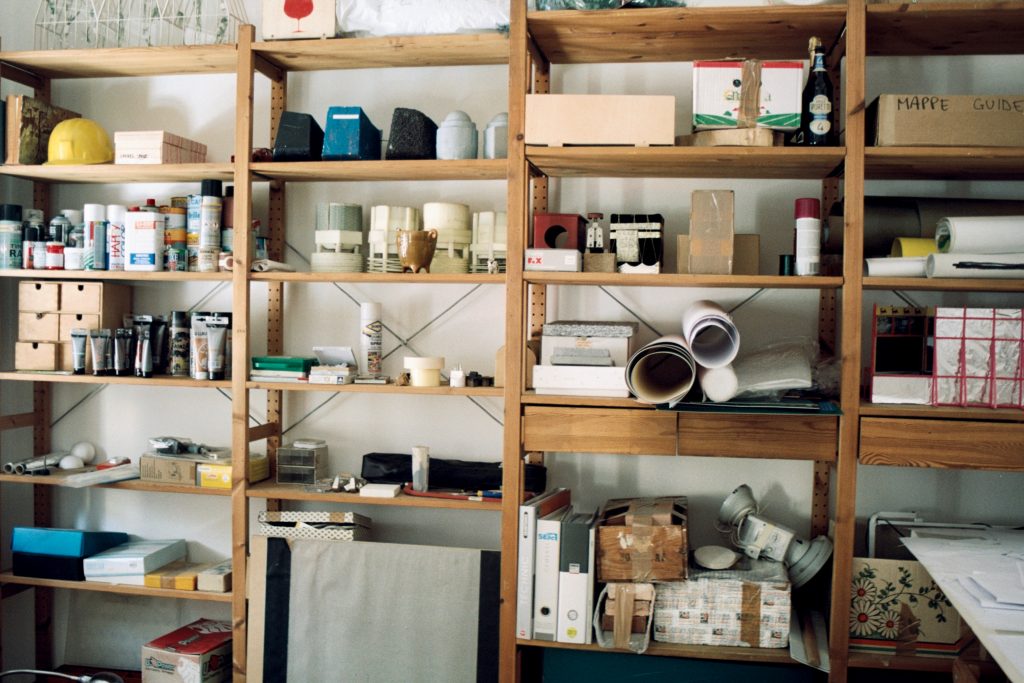
Foto: Ivana Čobejová
IC: We see renewed interest in Rossi, Superstudio, Italian architecture of 1960s and 1970s. Why do you think it is happening?
PPT: Well, you read Rossi, because Rossi is good. It has its shortcomings, it is a terribly edited and horribly translated book, but it is an amazing book. I am a bit more sceptical about Superstudio.
When I studied in 1990s everybody was talking about the then new computer-generated architecture. New software that would allow you to model some floppy thing. We were rather bored by that. Maybe by the spirit of contradictions, we didn’t want to model anything, we want to do ugly squarish things that are really cool and start to look at these ugly pamphlets of the 1970s, photo-copy greyish stuff. It is a bit of that for sure. It is typical for every generation and I can imagine that soon people will start to be bored with these axonometric drawings (personally, I cannot stand them anymore) and start to do something else and say: “You know, Greg Lynn was really cool and has been mis-treated by history.” This is a part of the thing. But also not all of it. I don’t think that there is an automatic switch in fashion every 30 years. There are certain dynamics that can be explained in terms of generations, but there are also other aspects. It is not easy to recognise what is important and what is not. I am sure Aldo Rossi was important and I am sure that Rem Koolhaas is important. Other things are far less important.
IC: I saw Casa della Memoria for the first time by accident and for the second time, after reading an essay about it. After that, I perceived it differently. Is this critical understanding of the past required of a user?
PPT: If a user should know all this stuff? No! Absolutely not! You enter, you experience the building, you walk through it, there’s a column, so you shouldn’t smash yourself against the column, you make a little detour and that’s it. And it should work like that; if it’s not working like that it is a bad building. There is no need to know anything. Zero. Absolutely not. I also don’t think that the building somehow gives you an impression that you need to know all these things. It is a building like any other building.
IC: Maybe in Bratislava it’s a bit more complicated. It helps me to appreciate or be okay with a certain buildings or spaces, if I read something about them. I thought of it as a possible method, or a model.
PPT: You, as an architect, make buildings. You design these buildings, while your personal back- ground, studies and all that turns into a thing which is a house. This house is appropriated by other people and they can read into it and what they read is not necessary exactly what you wanted to put into the building. What you can control is that if you put a column in the middle, people should move and not cross through the centre of the building. This is what you can be sure about. The reasons you had in order to do that are normally not recognised. It is architecture, it is about space and its perception.
Not that I am not interested in writing or talking about architecture. I think it is sometimes very interesting to read about buildings, because buildings produce certain experiences, some of which are extremely sophisticated. The only thing I believe is that architecture by itself does not talk. It is human beings who talk about architecture. Architecture is silent. That’s it.